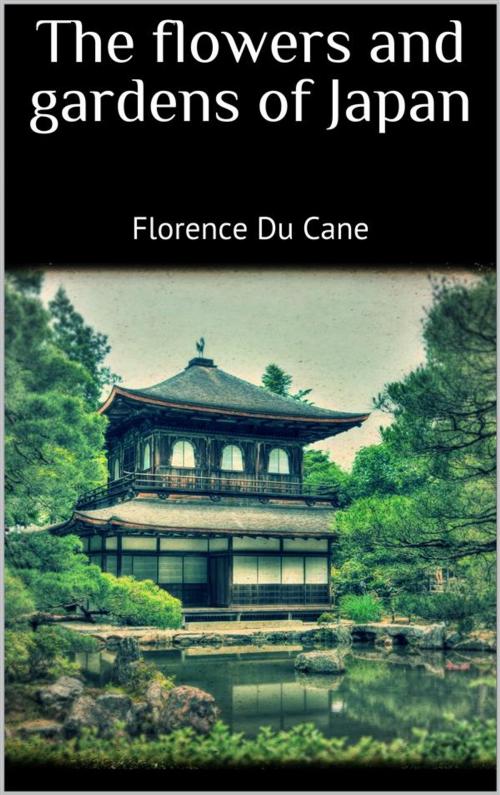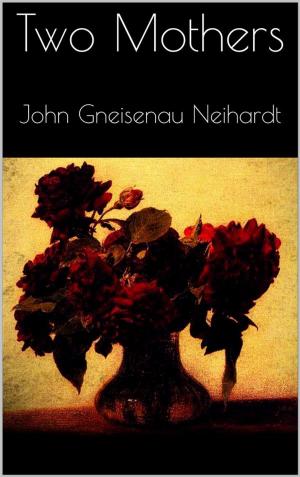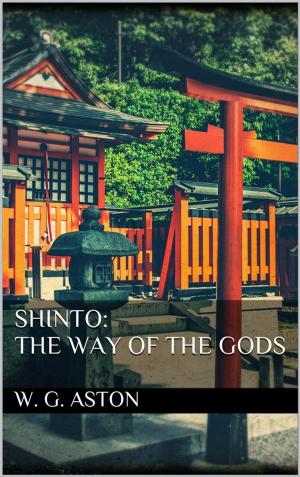| Author: | Florence Du Cane | ISBN: | 9788827542804 |
| Publisher: | Skyline | Publication: | December 29, 2017 |
| Imprint: | Language: | English |
| Author: | Florence Du Cane |
| ISBN: | 9788827542804 |
| Publisher: | Skyline |
| Publication: | December 29, 2017 |
| Imprint: | |
| Language: | English |
It is safe to assert that no other country has such a distinctive form of landscape gardening as Japan. In English, French, Italian, and Dutch gardens, however original in their way, there are certain things they seem all to possess in common: terraces, which originally belonged to Italian gardens, were soon introduced into France; clipped trees, which were a distinctive feature of Dutch gardens, were copied by the English; the fashion of decorating gardens with flights of stone steps, balustrades, fountains, and statues at one time spread from Italy throughout Europe; and possibly the over-decoration of gardens led to a change in taste in England and a return to a more natural style. The gardens of China and Japan have remained unique; the Eastern style of gardening has never spread to any other country, nor is it ever likely to; for, just as no Western artist will ever paint in the same manner as an Oriental artist because his whole artistic sense is different, so no Western gardener could ever hope to construct a garden representing a portion of the natural scenery of Japan—which is the aim and object of every good Japanese landscape garden, however small—because, however long he might study the original scene, he would never arrive at the Japanese conception of it, or realise what it conveyed to the mind of a Japanese.
It is safe to assert that no other country has such a distinctive form of landscape gardening as Japan. In English, French, Italian, and Dutch gardens, however original in their way, there are certain things they seem all to possess in common: terraces, which originally belonged to Italian gardens, were soon introduced into France; clipped trees, which were a distinctive feature of Dutch gardens, were copied by the English; the fashion of decorating gardens with flights of stone steps, balustrades, fountains, and statues at one time spread from Italy throughout Europe; and possibly the over-decoration of gardens led to a change in taste in England and a return to a more natural style. The gardens of China and Japan have remained unique; the Eastern style of gardening has never spread to any other country, nor is it ever likely to; for, just as no Western artist will ever paint in the same manner as an Oriental artist because his whole artistic sense is different, so no Western gardener could ever hope to construct a garden representing a portion of the natural scenery of Japan—which is the aim and object of every good Japanese landscape garden, however small—because, however long he might study the original scene, he would never arrive at the Japanese conception of it, or realise what it conveyed to the mind of a Japanese.















